Most revenue managers are well aware of the latest industry trend of monetizing the requests for early check-ins and late departures. Why is this activity now trending?
Before the pandemic, generally, favorable market conditions made normalized stay extension offers operational challenges simply not worth the effort. However, owners and asset managers are now pressing the commercial teams to find ‘recovery revenue’ amidst record-low occupancy rates.
So, if new bookings are hard to come by, then revenue managers need to maximize the share of the wallet from their booked customers. The question is, “What to charge?” Any hotel revenue should be optimized for your specific hotel’s market conditions. Stay extension pricing is no different.
Hotelier Convenience is Not a Basis for Pricing
As with room upgrade offers, many hoteliers think that letting the guest check-in early at no extra charge should be done in the name of good service. If the room is ready, why not?
Interestingly, the same hoteliers may admit that it’s rare that they’ll let you check-out significantly later than the published times. Your elite status might get you 2PM check-out, but late check out requires the hotelier to ensure that the room can be cleaned in time for the next arrival. Most room allocations have been done the morning before the late check-out request, so hoteliers don’t like to adjust room allocations if they don’t have to.
In either case, operational realities dictate whether an early check-in or late check-out is granted. Currently, stay extensions boil down to what is easiest for the hotelier to manage.
Stay Extensions are a Unique Value Consideration
With the industry looking to recover revenue lost during the pandemic, hotels are waking up to the idea of monetizing these extensions to guest stays. But what are the business and market conditions that hotels should consider when testing and setting these rates?
The first idea is that a stay extension has a value, but it isn’t defined simply by a corresponding fraction of the room rent. It’s determined by how much the guest wants it and how much it costs in hotelier labor to grant.
From the guest perspective, the need for early arrival or late departure is often driven by circumstances out of their control, like available flight times. The value of a stay extension for the hotel is based on the demand for its product (hotel rooms) and the labor required to manage the offer, transaction, and reservation management (the execution).
In general, the more incentive for the guest, the higher the price. But let’s look at the condition driving each end of the stay.
Late Departure Pricing
How expensive you make it depends on alternatives available to the guest. The way to approach pricing for late departure is based on the ability to flip the room for another sale. If, for example, a 5-star hotel has a turndown service until 9PM, late departures can be safely offered until about 7PM without risking ‘losing’ that room night’s availability.
If the hotel has a large enough luggage storage and is surrounded by cafes and other places to “hang out,” it may be prudent to go easy on the price. If the hotel is at a car destination, it would be best to be equally cautious in the pricing of a late departure.
On the other hand, if the hotel is near or at an airport, the shower/bathroom and the bed may be used late, resulting in longer times and effort to flip the room again. This and the high value of the bathroom will drive the price upwards, maybe as high as 60% in this case
(Note that anything over 70% is just “nickeling,” one may as well offer an extra night).
Early Arrival Pricing
Early arrival is somewhat different. Here, there usually are rooms ready to flip and cleaning staff should be available. The only risk here is not knowing the priorities to flip. Early Arrival is all extra profit as the room will not need to be re-visited. You should know if the hotel is in a destination with a severe interest in early arrival.
For example, the U.S. east coast gets red-eyes from the west coast, so showering and changing before a meeting has a lot of value. Dubai flights from Europe arrive typically between 5 and 9 AM, so again, early arrivals have a lot of value.
Flat vs. Dynamic Pricing
Many hotels set flat rates for stay extensions. The weakness in this approach is that, even if your hotel is in a location where there may be a generally great demand for stay extensions, flat rates are not responsive to demand or availability on any given day where occupancy may be different. Flat rates may not consider the room rate paid by the guest, the guest’s persona, and history. The result is inaccurate pricing that either leaves money on the table or is not priced to convert.
Technology is the Best Answer
Early check-in and late check-out are recognizable “room rent” or an extension of a reservation. As such, they both should be yielded just like normal rates are. Of course, to do this manually adds to the work on the revenue manager’s plate.
Also, as noted, the conditions driving stay extension demand typically have to do with known considerations such as flight plans or hotel location. That provides an opportunity for marketing and selling stay extensions. But most hotels are reluctant to guarantee stay extensions in advance, which may conflict with changing occupancy and room allocations. A hotelier would rather under-promise and over-deliver than the opposite.
A combination of forecasting of true inventory availability and pricing automation is the answer. In recent years, new software, like ROOMDEX has developed that dynamically adjusts early check-in and late departure prices based on true forecasted availability, operational room usage, yielded room rate and persona. It provides the ability to set a pricing range for stay extensions that flex based on demand.
Given current owner demands to make up for lost pandemic revenue, hoteliers should have dynamic stay extension pricing in place. It will make both your asset manager and your hotel guest happier! So now, without any operational concerns, the hotel can always fulfil its promises, leaving no guest disappointed.
Early check-in and late check-out are products that hoteliers have always had but have rarely monetized because of perceived operation challenges and a lack of focus on value definition. But low occupancy rates are driving commercial managers to find new revenue streams, and those stay extensions are the low hanging fruit.
Like the original bookings, upsell performance is tied directly to optimal pricing practices. But instead of adding more manual work to your plate, consider automated upselling that provides a “set it and forget it” approach to upselling pricing optimization. You’ll add new revenue and make your ownership happy.
More Tips to Grow Your Business
Revfine.com is the leading knowledge platform for the hospitality and travel industry. Professionals use our insights, strategies, and actionable tips to get inspired, optimize revenue, innovate processes, and improve customer experience.Explore expert advice on management, marketing, revenue management, operations, software, and technology in our dedicated Hotel, Hospitality, and Travel & Tourism categories.

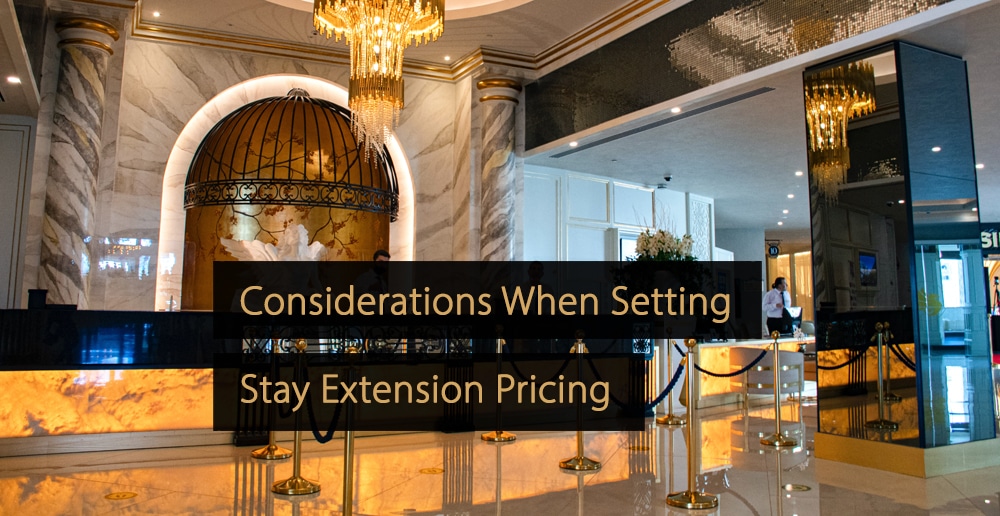
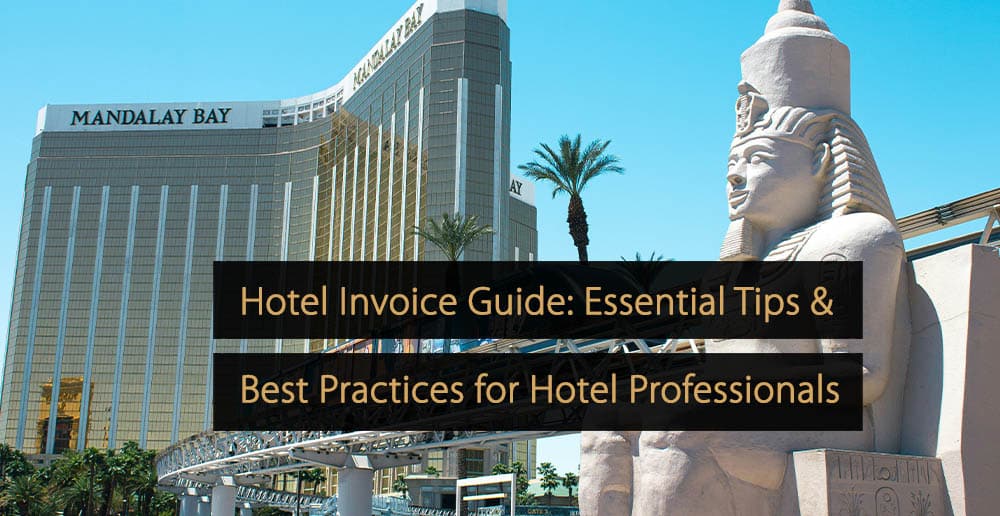

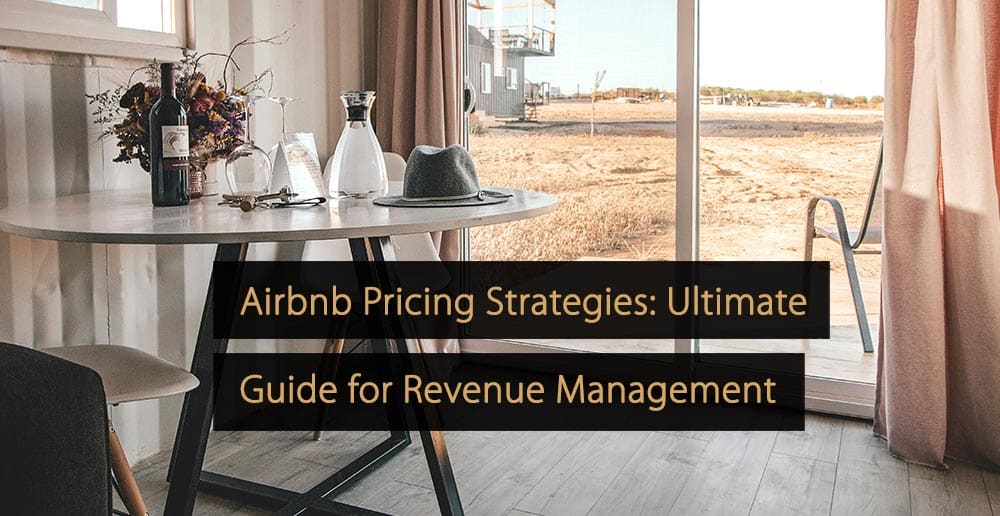
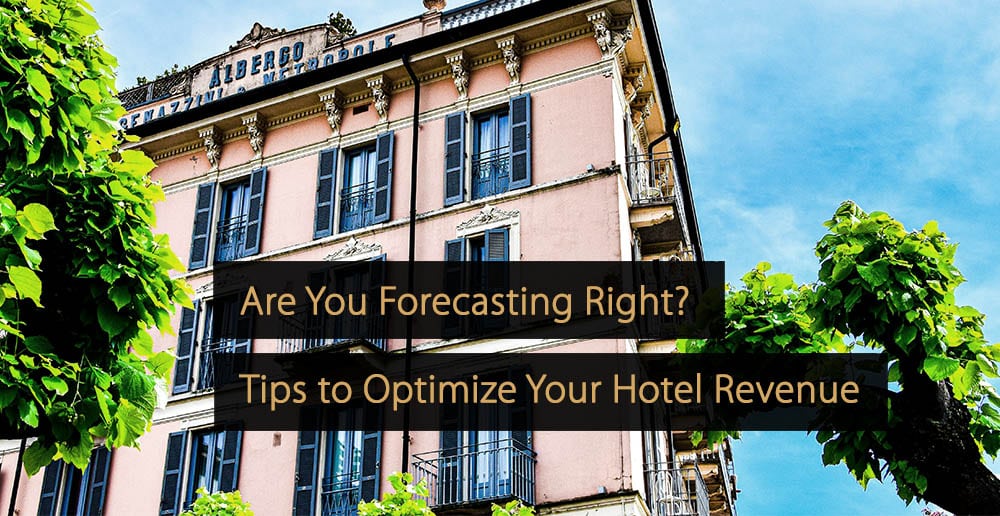
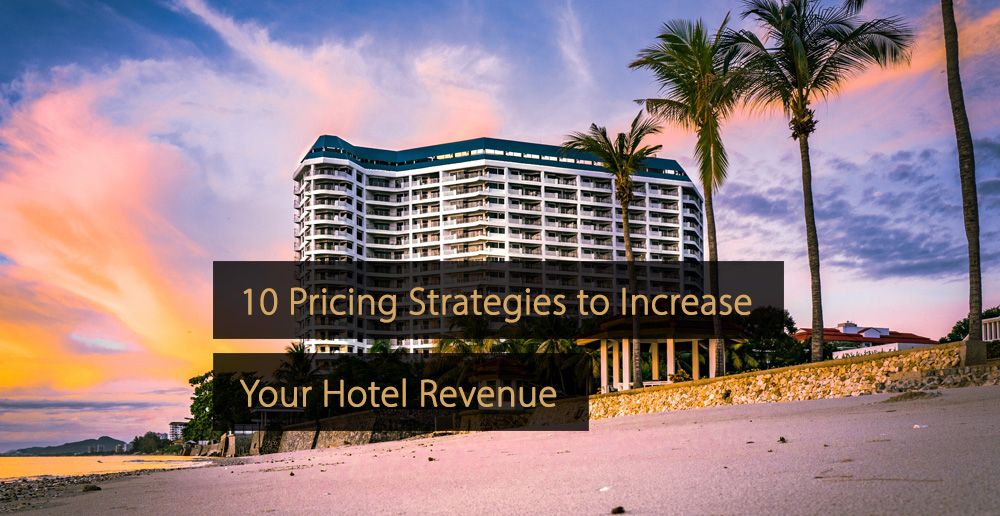
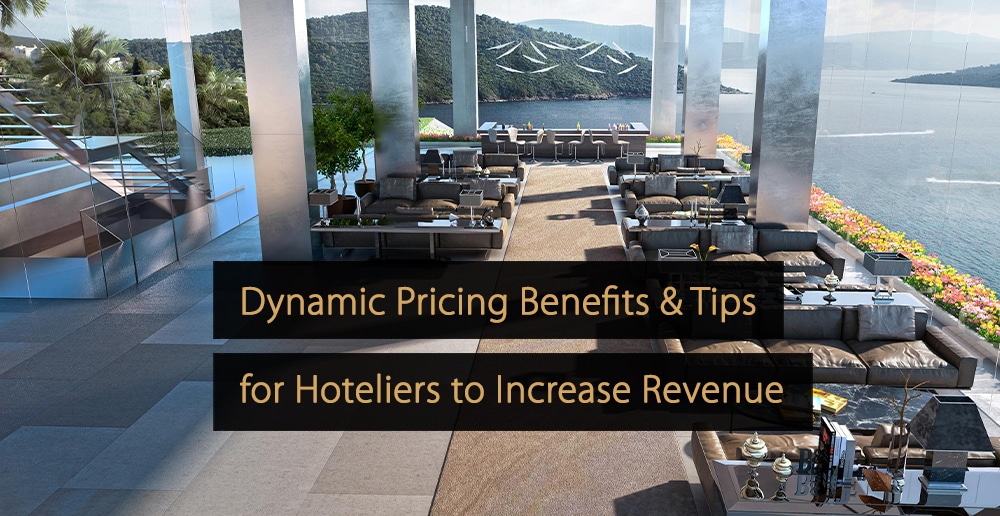
Leave A Comment